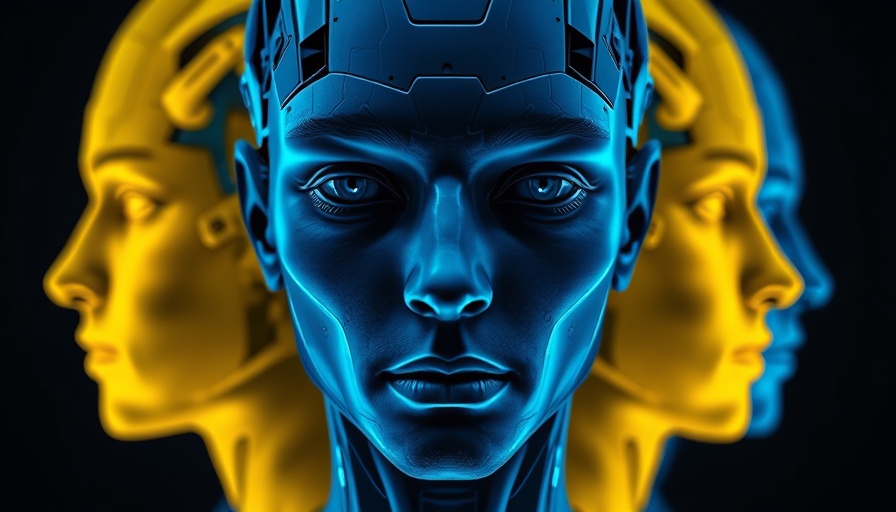
OpenAI Makes Strides in Robotics Towards AGI
In a significant shift towards the next frontier of artificial intelligence, OpenAI has ramped up its efforts in robotics, particularly focusing on humanoid systems. The company, known for developing the advanced language model ChatGPT, is hiring talent to create algorithms capable of controlling a new generation of robots. This strategic move highlights OpenAI's ambition to integrate robotics into its broader artificial intelligence initiatives.
Why OpenAI's Robotics Push Matters: A Closer Look
The tech landscape is evolving rapidly, and OpenAI's decision to focus on humanoid robots represents more than just a trend; it is indicative of a pivotal moment in the development of AI capabilities. With the integration of humanoid robots, businesses can anticipate innovations that may redefine industries. Experts within OpenAI are reportedly training AI algorithms designed to better understand physical interactions within a robot’s environment—an accomplishment that will empower humanoids to perform tasks with remarkable efficiency.
A New Workforce of Robotics Experts
Recent hires bring diverse expertise to OpenAI's expanding robotic division. Notable additions include Chengshu Li, who previously contributed to a Stanford University project aimed at quantifying the capabilities of humanoid robots. His work, focused on robots that can execute various household chores, suggests that OpenAI is serious about blurring the lines between machines and their human operators. Job openings related to teleoperation—a training method that enables humans to remotely control robots—signal an ambitious approach to this endeavor.
Exploring the Potential of Humanoid Systems
By recruiting specialists in teleoperation and simulation, OpenAI appears to be establishing its own methodological framework for training robots. This involves leveraging technology, such as Nvidia Isaac, to train algorithms within simulated environments before translating those lessons into real-world applications. The fundamental question remains: will OpenAI manufacture its own robots, utilize existing hardware, or collaborate with established robotics firms? These choices could shape the future of humanoid assistance across sectors.
The Impact on Business and AI Tools
For tech-savvy entrepreneurs and startups, this strategic pivot by OpenAI could have ripple effects across various industries. As humanoid robots become more adept at performing complex tasks, companies could harness these AI tools to streamline operations, optimize workflows, and reduce labor costs. Integrating such robotics into business software or tech-stacks may not be far behind, creating new SaaS platforms focused on automation and efficiency.
The Future of Robotics in the Age of Innovation
The potential applications for humanoid robotics extend well beyond simple automation. With open-ended capabilities, these robots may assist in healthcare, logistics, and even customer service, transforming how businesses interact with their clients. OpenAI's commitment to developing sophisticated humanoid systems signifies an influx of innovation that will ultimately impact both company strategies and overall market dynamics.
Overall, OpenAI’s intensifying focus on robotics signifies an exciting development in the realm of artificial intelligence. As advancements continue, it’s essential for businesses to stay informed and prepared for the influx of AI tools that will increasingly integrate into our professional landscapes. Interested parties should keep a close eye on OpenAI’s forthcoming breakthroughs, as they may well define the future contours of the tech industry.
 Add Row
Add Row  Add
Add 




Write A Comment